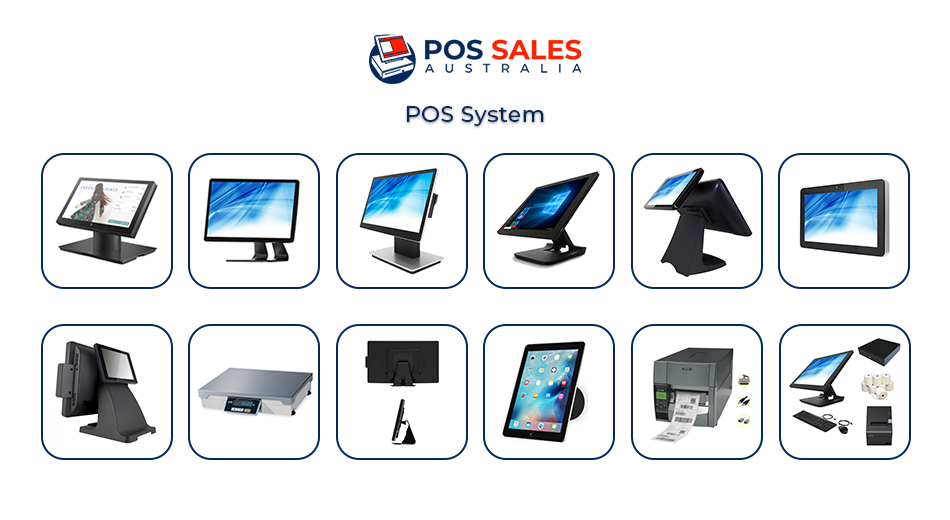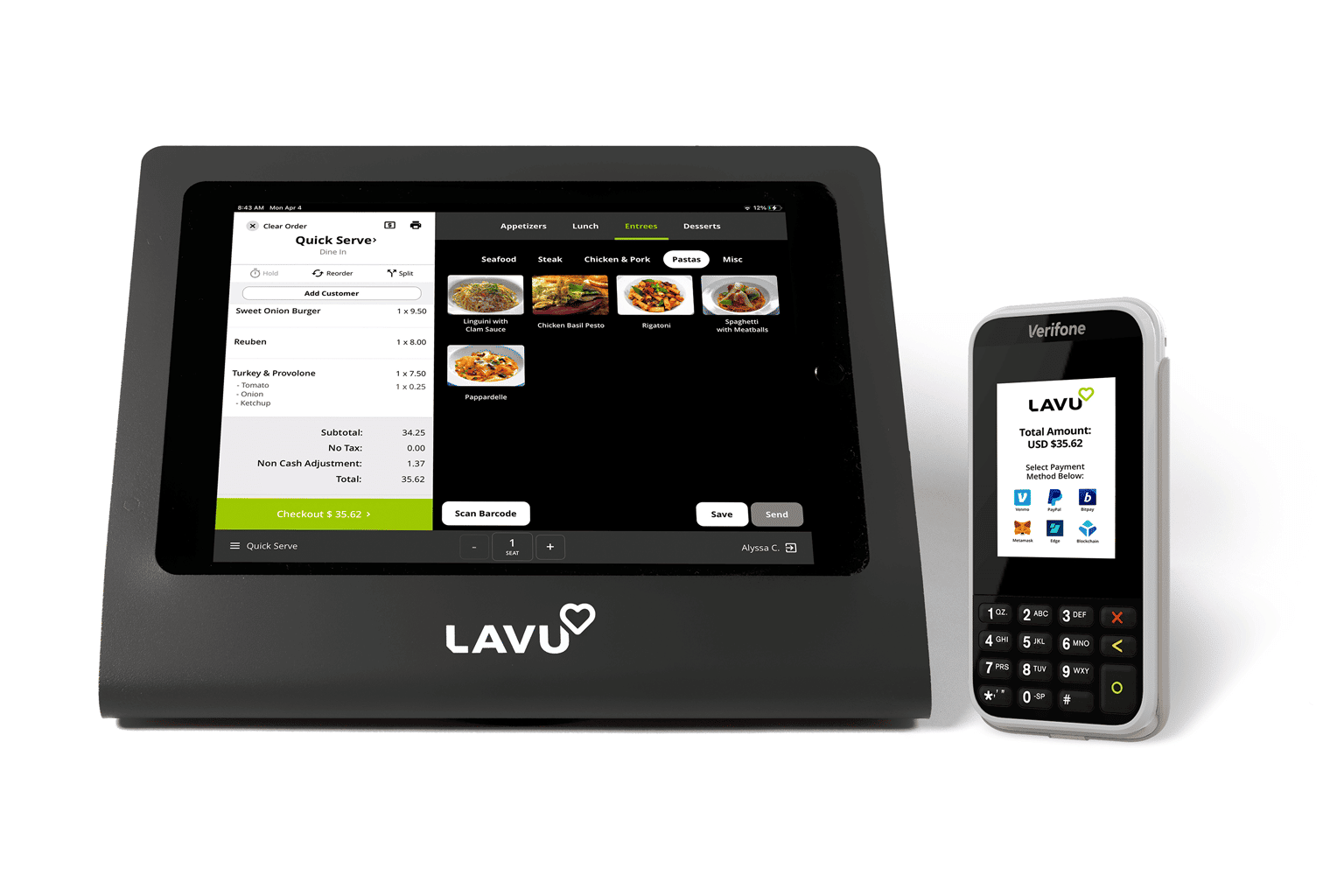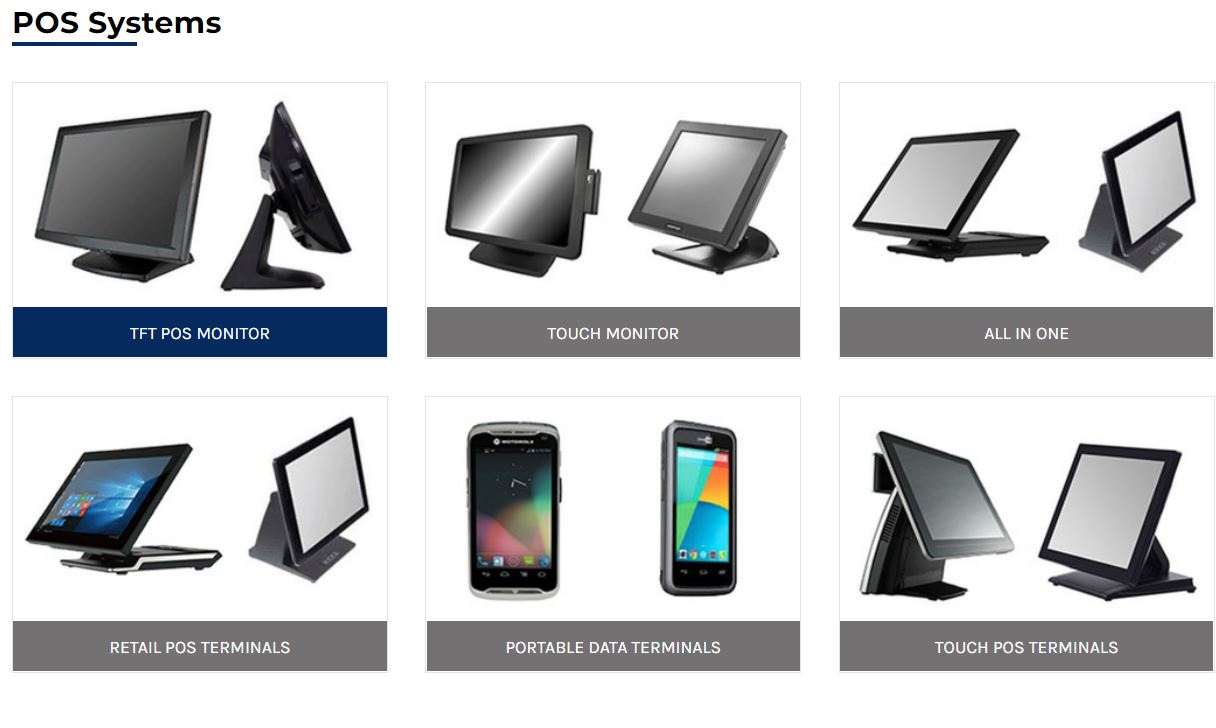Just How POS System Functions: A Comprehensive Guide for Entrepreneur

Understanding the Parts of a POS System

Exactly How Sales Deals Are Processed
When a customer makes a decision to purchase, the sales deal initiates a series of methodical steps within the POS system. First, the cashier inputs the items being acquired, which are checked with a barcode reader or manually entered. This action fetches product details, including rates and suitable tax obligations, from the system's database.Next, the consumer is presented with the overall amount due. The POS system then processes the payment, whether with money, bank card, or mobile repayment approaches (Restaurant POS Software). For digital repayments, the POS firmly interacts with payment processors to authorize and verify the transaction.Once the repayment is verified, the system generates an invoice, which can be published or sent electronically. This invoice functions as evidence of acquisition for the customer. Finally, the deal data is taped in the system, making certain accurate sales records and financial tracking for the company
Supply Management and Tracking

Efficient inventory administration and monitoring are important elements of a POS system, as they guarantee that organizations keep optimal stock levels and reduce discrepancies. A robust POS system enables real-time inventory updates, showing sales and returns immediately. This allows service owners to keep track of supply levels properly, making certain that popular products are conveniently offered while protecting against overstocking of less get more info popular products.Additionally, progressed POS systems supply attributes such as computerized supply alerts and reorder recommendations, improving the procurement process. Barcoding and RFID innovation improve precision in tracking inventory activity, decreasing human mistake. Considerable reporting tools supply insights right into stock turnover rates, helping companies make informed decisions about purchasing and item offerings. Ultimately, reliable supply management with a POS system not only enhances functional performance yet also enhances client contentment by guaranteeing item availability.
Analyzing Client Data and Insights
Customer data analysis functions as a powerful tool for companies utilizing a POS system (Restaurant POS Software). By examining and collecting transaction information, companies can discover useful insights regarding client behavior and choices. This evaluation allows them to identify acquiring fads, peak purchasing times, and preferred products, thus notifying stock choices and advertising strategies.Additionally, organizations can section their customer base, enabling personalized advertising efforts that provide to specific demographics or acquiring behaviors. Comprehending client commitment patterns additionally aids in establishing targeted rewards and promotions programs.The information amassed from a POS system can also reveal insights right into customer responses, making it possible for companies to make informed choices concerning product offerings and service enhancements. Eventually, leveraging client information properly can enhance the total buying experience, foster consumer complete satisfaction, and drive income growth
Advantages of Applying a POS System

Regularly Asked Questions
What Sorts Of Companies Can Profit From a POS System?
Numerous companies gain from a POS more info system, including retail shops, dining establishments, beauty parlors, and ecommerce systems. These systems enhance purchases, supply administration, and consumer information, boosting functional effectiveness and boosting customer experience throughout varied sectors.
Just how much Does a POS System Usually Cost?
The price of a POS system commonly varies from a couple of hundred to a number of thousand bucks, depending on functions, equipment, and software application. Companies need to think about continuous charges for deal, maintenance, and assistance handling when budgeting.
Can I Incorporate a POS System With Existing Software?
Integrating a POS system with existing software program is typically feasible. Lots of systems use APIs or integrated compatibility functions, allowing services to streamline procedures Restaurant POS Software and boost functionality by attaching numerous software application applications efficiently.
What Training Is Required for Team to Utilize a POS System?
Training for personnel to utilize a POS system usually consists of understanding software program functionalities, refining transactions, managing supply, and handling consumer interactions. Practical demos and hands-on practice boost effectiveness and confidence in using the system efficiently.
What Takes place if the Web Drops While Making Use Of a POS System?
If the internet drops during POS system use, purchases might be disrupted. Numerous systems supply offline capacities, enabling standard procedures to proceed, yet complete functionality, consisting of real-time stock updates, will be limited. A Point of Sale (POS) system is composed of numerous key elements that work with each other to help with deals and handle company procedures. Reliable supply management and monitoring are vital parts of a POS system, as they ensure that businesses maintain suitable stock levels and decrease discrepancies. Consumer data analysis serves as an effective tool for companies making use of a POS system. Comprehending client commitment patterns additionally aids in developing targeted incentives and promotions programs.The information amassed from a POS system can likewise disclose insights into customer comments, making it possible for organizations to make enlightened decisions concerning product offerings and solution improvements. Implementing a POS system supplies numerous advantages that can significantly improve organization procedures.